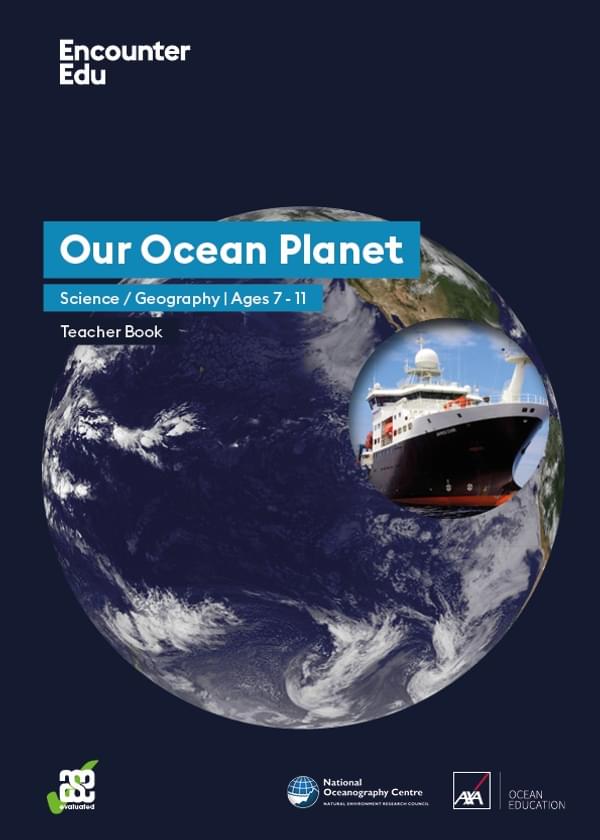All about ocean habitats
The ocean harbours a vast array of diverse habitats that support various types of organisms. While traditional climate maps are based on latitude, these zones alone cannot fully capture the intricate factors shaping ocean ecosystems. Ocean habitats are influenced by depth, distance from shore, and climate zones, creating a mosaic of interconnected environments.
Examples of ocean habitats
Types of Ocean Habitats
Pelagic habitats exist within the water column itself, with sub-habitats defined by depth:
- Epipelagic (Sunlit Zone): The uppermost layer with abundant light and life.
- Mesopelagic (Twilight Zone): Extends from 200 to 1,000 meters with diminishing light.
- Bathypelagic (Midnight Zone): From 1,000 to 4,000 meters, with no sunlight penetration.
- Abyssopelagic (Abyssal Zone): Extends from 4,000 meters to the seafloor, characterized by near-freezing temperatures, high pressure, and complete darkness.
Coastal habitats are found near the shore, including intertidal zones, estuaries, coral reefs, and more.
Seafloor habitats, also known as benthic habitats, comprise various ecosystems found at the bottom of the ocean:
- Continental shelf habitats: Shallow seafloor areas surrounding continents, supporting diverse communities of organisms.
- Continental slope and rise habitats: Transition zones between continental shelves and the deep ocean floor, with steep gradients that influence species distributions.
- Deep-sea habitats: Found in the deepest parts of the ocean, characterized by extreme conditions and unique species adapted to darkness, cold temperatures, and high pressure.
- Hydrothermal vent habitats: Formed by volcanic activity on the seafloor, these extreme environments support thriving communities of organisms reliant on chemical energy rather than sunlight.
Factors affecting marine habitats
Several factors shape these habitats:
1. Depth: As depth increases, conditions change:
- Light decreases
- Temperature drops
- Oxygen levels decrease
- Carbon dioxide levels increase
- Nutrient levels increase
- Pressure increases
2. Distance from Shore: Nutrient levels can vary, while other factors remain relatively unchanged. Further from the shore, the distance to the sea floor makes it harder for plants to grow due to decreased light penetration.
3. Climate Zones: Climate influences coastal habitats significantly:
- Tropical climates support coral reefs, mangroves, and seagrass meadows, though some of these features may also be found in temperate or polar zones.
- Polar climates feature unique species adapted to extreme conditions like sea ice, but can also support some temperate-associated habitats such as estuaries and rocky shores.
- Temperate climates support kelp forests, estuaries, and rocky shores, with some overlap in habitat types occurring in tropical and polar climates.
Conclusion
Ocean habitats are the product of a complex interplay between depth, distance from shore, and climate zones. While climate plays a significant role in determining the predominant habitats in a region, some overlap in habitat types may occur across different climate zones. Understanding these factors and their impact on marine ecosystems is crucial for preserving biodiversity and promoting the health of our oceans.

Science / Geography | Ages 7-11
Our Ocean Planet
Our Ocean Planet Science Geography ages 7-11 unit is a KS2 teacher resource. Students discover marine topics across both the UK and globally, developing ocean literacy.
